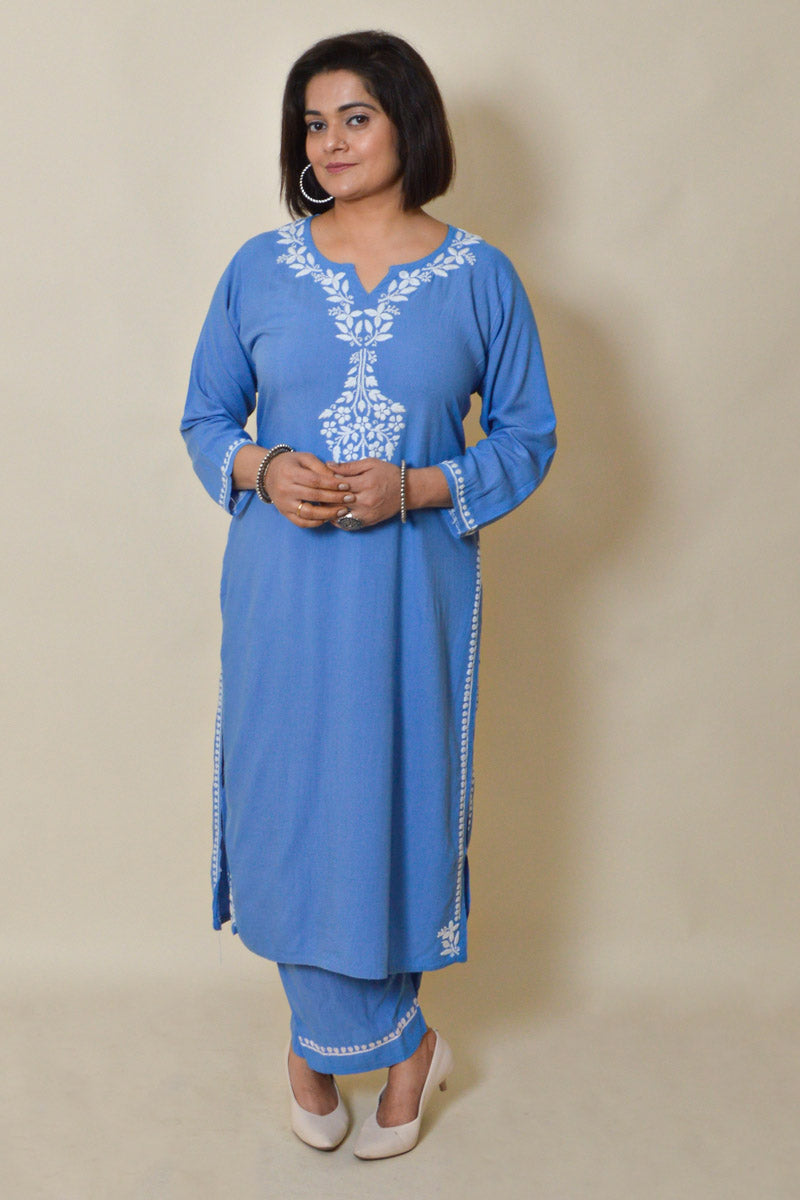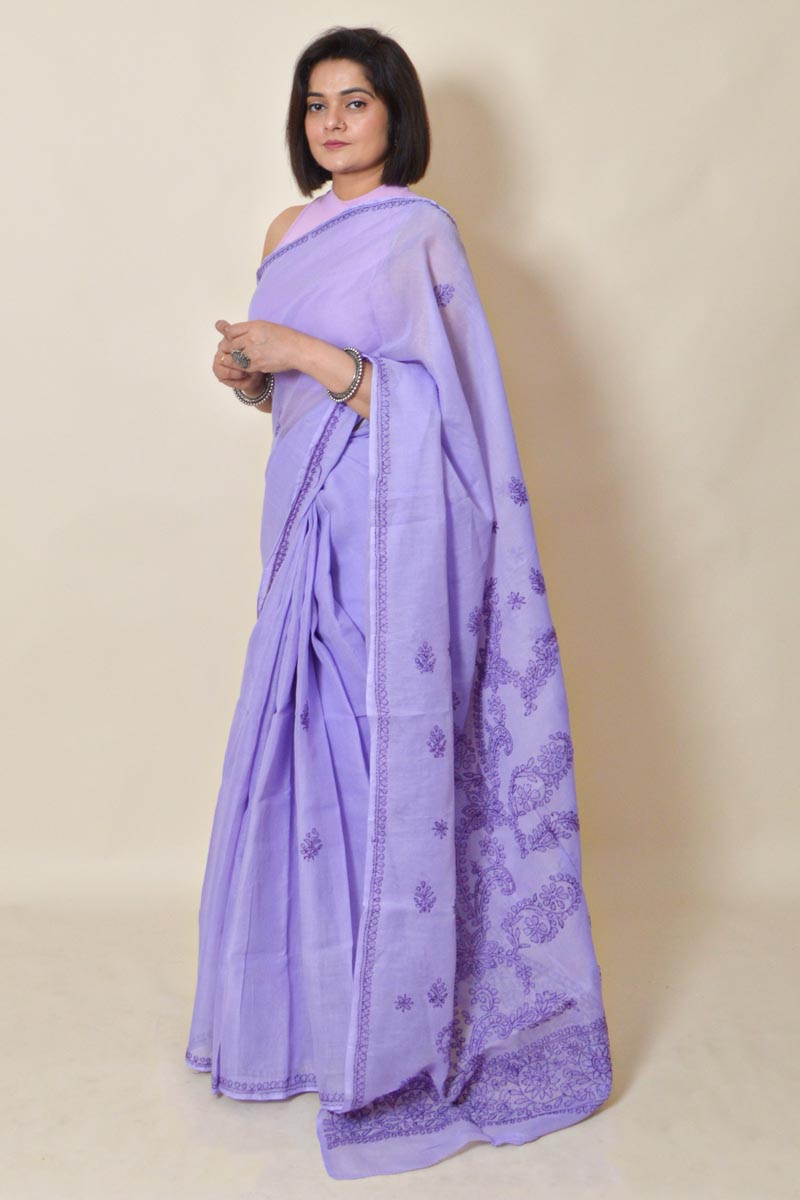
The Delicate Art of Chikankari: A Stitch-by-Stitch Guide
Chikankari, the ethereal embroidery from Lucknow, is a testament to India's rich heritage. This exquisite art form involves intricate needlework, creating delicate patterns on sheer fabrics. While the overall effect is mesmerizing, it's the individual stitches that weave the magic. Let's delve into some of the most common and beautiful Chikankari stitches.
Key Chikankari Stitches
- Phanda: Resembling tiny, circular dots, Phanda is a fundamental stitch in Chikankari. It's often used to fill in floral motifs or create intricate patterns.
- Jaali: This stitch involves creating a net-like pattern by carefully drawing the warp and weft threads apart. The result is a delicate, see-through effect.
- Tepchi: A running stitch, Tepchi is used for outlining motifs and creating stems. It's one of the most basic yet essential stitches in Chikankari.
- Murri: Adding texture and dimension, Murri is a rice-shaped stitch that's commonly used to fill in floral petals and leaves.
- Bakhia: This flat stitch is used for creating outlines and filling in larger areas. It provides a strong foundation for the more intricate stitches.
Beyond the Basics
- Hathkati: A straight-line Jaali, Hathkati creates a geometric pattern with a clean, defined look.
- Keel Kangan: Resembling a bracelet, this stitch is used to create intricate borders and motifs.
- Murri Ka Phool: A combination of Murri and Phanda stitches, this creates a three-dimensional floral effect.
- Pech Dara: This stitch involves twisting the thread to create a raised, textured pattern.
- Zanzeera: Similar to a chain stitch, Zanzeera is used for creating delicate vines and floral stems.
Note: These are just a few examples of the many Chikankari stitches. Each piece of Chikankari is a unique blend of these stitches, creating a masterpiece of craftsmanship.
The Artistry Behind the Stitch
Mastering Chikankari requires years of practice and dedication. The artisans meticulously hand-embroider each piece, creating intricate designs with incredible precision. The beauty of Chikankari lies not just in the end product, but also in the journey of its creation.
By understanding the different stitches, you can appreciate the complexity and artistry behind each Chikankari garment. So, the next time you admire a piece of Chikankari, take a moment to appreciate the intricate details and the skilled hands that brought it to life.


